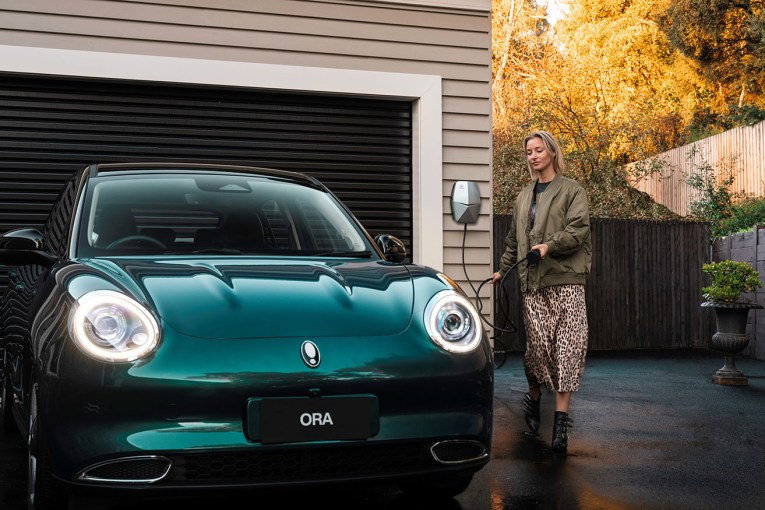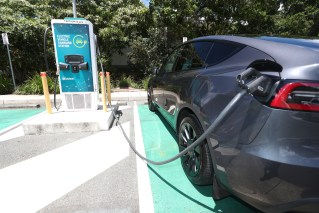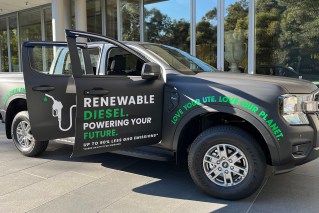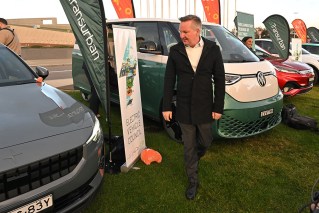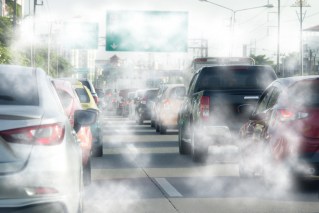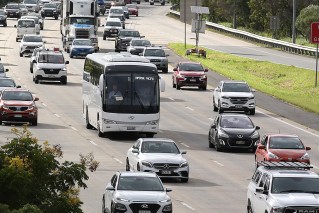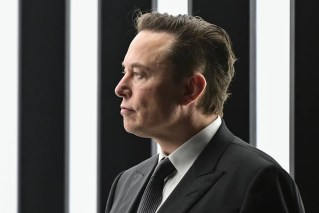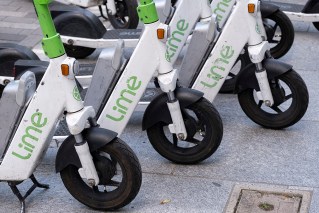Australia left in the dust when it comes to next-generation utes
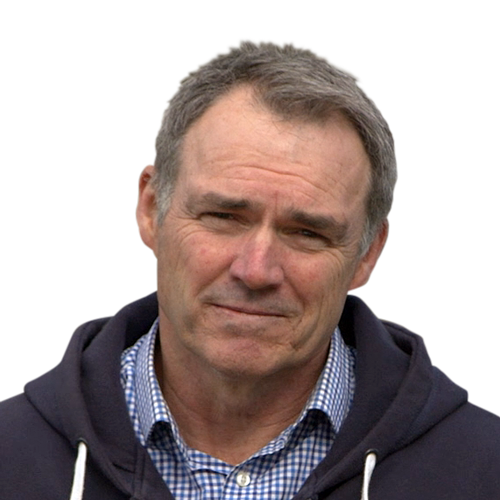
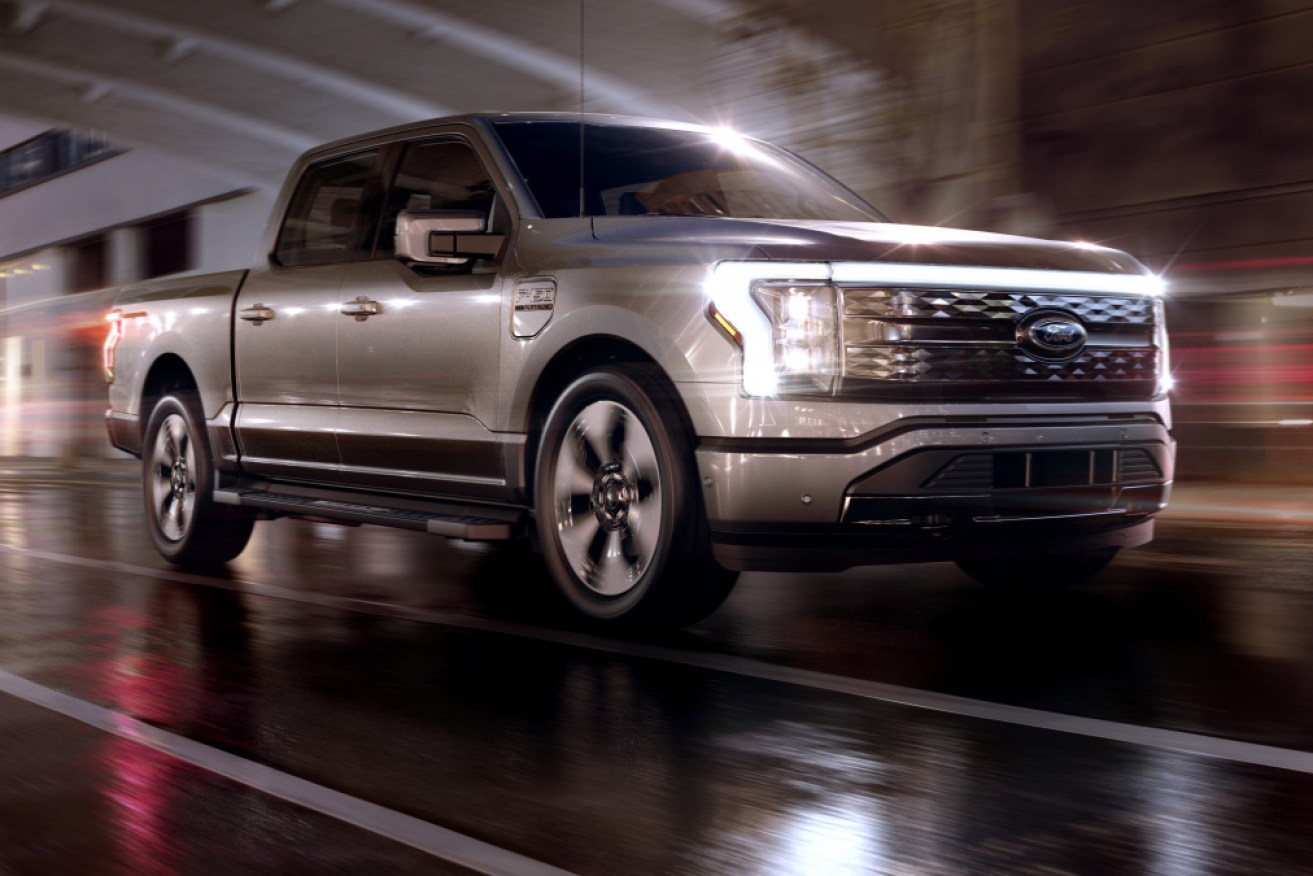
Ford has announced an electric version of its best-selling ute in the US, but there's so sign of it in Australia. Photo: Ford
The humble ute is leading the charge as the United States moves towards electric vehicles, with Ford registering 45,000 orders for its new model within days of it being unveiled.
Utes are a fundamental part of the Australian way – but without an electric vehicle option on the horizon here, we’re being left in the dust on the road to cleaner cars.
As Aussies buy emissions-venting, diesel-fuelled utes by the tens of thousands every month, Americans are increasingly switching over to the many ‘trucks’ with clean electric motors and battery packs rather than internal combustion engines and fuel tanks.
In the city of Detroit in May, Ford revealed the F-150 Lightning, the first battery electric version of a ute that has been the world’s best-seller for 30 years.
Priced from just under $US40,000 it offered more pulling power and faster acceleration than any F-150 that had gone before it. The response from the US public has been immediate; almost 45,000 orders in the first couple of days on sale.
There, there’s been no sign of the ‘war on the weekend’ rhetoric the Coalition employed at the last Australian federal election as it sought to discredit the ALP’s EV policies and in the process, trash electrified utes.
The F-150 is the highest profile of a bunch of utes that will roll onto the North American market over the next year.
Among them there’s the angular Tesla Cybertruck, the brutish GMC Hummer and the Chevrolet Silverado, a petrol version of which is already sold in Australia by General Motors.
Emerging to take them are a bunch of start-ups including Rivian, which has substantial backing from Amazon, and a bunch more that may or may not survive long term including Lordstown, Bollinger, Canoo, Alpha and more.
In Australia start-ups ACE and H2X have made announcements, but neither have a vehicle in production as yet.
There’s no substantial commitment from any major importer to have an electrified ute on sale any time soon.
The Electric Vehicle Council’s Behyad Jafari says that’s because there is no incentives to do so.
“Every other developed country has their act together about electric vehicles and decarbonisation of their transport sector, except for Australia,” Mr Jafari said.
“EVs are doing a roaring trade around the world. It’s Australia that’s missing out on them.
“The two primary things that every market does is they have a CO2 target in place, or a fuel efficiency target. That says you have to make your vehicles more fuel efficient over time and add technology to them, or else you face a penalty.
“You complement that in the short term with things like tax rebates or incentives for customers to buy. That provides a carrot and stick approach to the industry.”
He said the lack of incentives leaves ute importers with a pretty simple choice.
“Large dual-cab utes are very popular in Australia and the very old inefficient ones are selling like hot cakes … and that for the car company means they are making much more money than if they were selling the electric one,” Mr Jafari said.
“Car companies say, ‘If you are willing to buy our old crap, why would we bring you this latest thing?’”
Utes make big money for manufacturers because they are relatively cheap to build – usually in Thailand – and command big profit margins.
The biggest sellers in Australia are the Toyota HiLux and Ford Ranger and both have top-end models that cost about $70,000 or more before adding on-road costs and the inevitable accessories.
Both Toyota and Ford have signalled electrification is coming for these models, maybe a hybrid diesel-electric HiLux by 2025 and a full-electric Ranger by 2030.
Ford Australia admits it plans to add BEVs to its local line-up, although it’s not prepared to say if the F-150 Lightning will be among them.
“Ford Australia’s EV line-up will grow quickly, first with our Escape PHEV [plug-in hybrid] SUV and soon with other BEVs and electrified models. We’ll share details about these in due course,” a spokesman told The New Daily by email.
“Whether their vehicle is for commercial or personal use, Ford owners are very clear that they expect toughness, performance and capability from our vehicles, and so our focus is on offering EVs to meet those expectations.”

